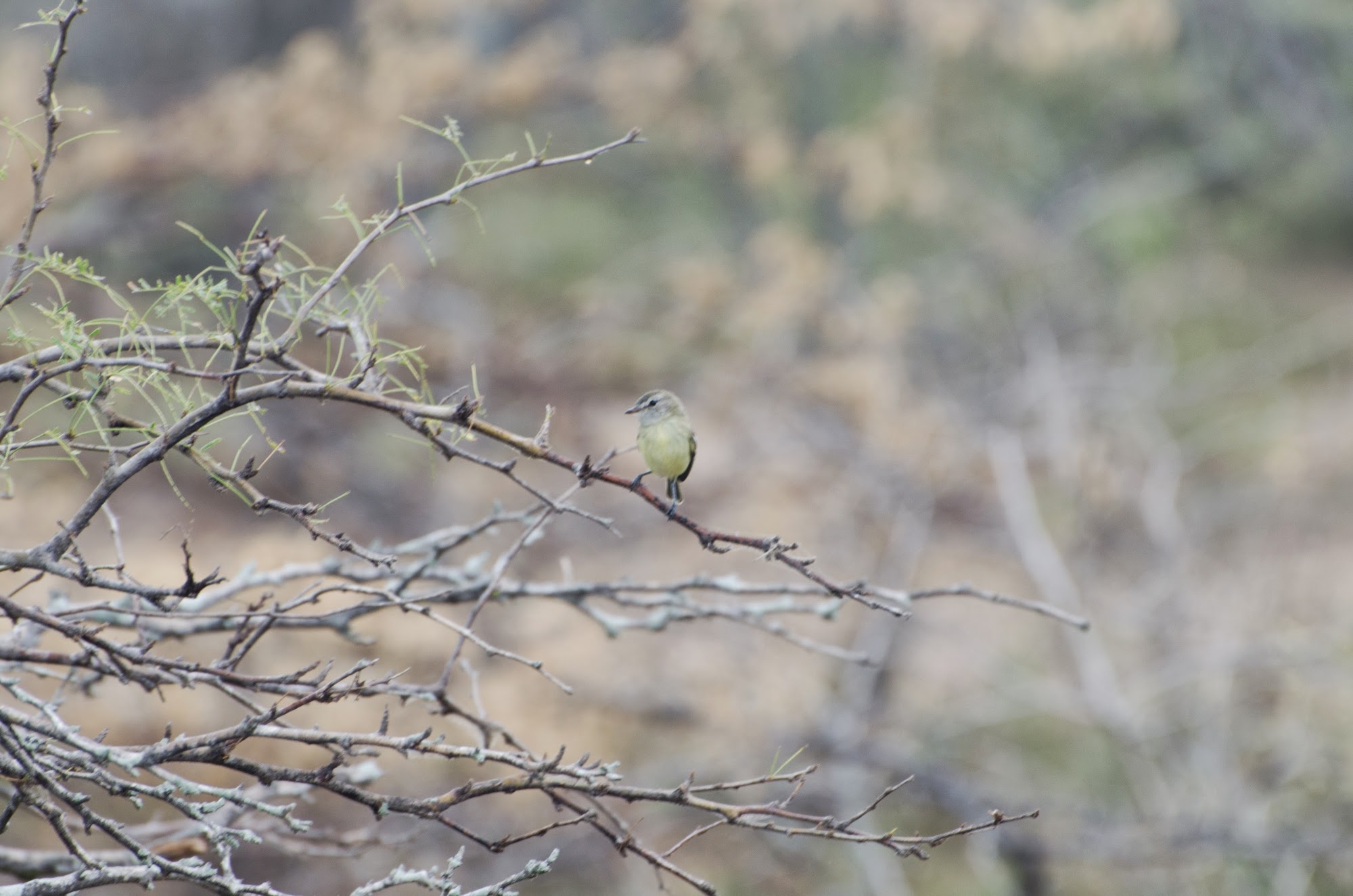 The Guajira region is located in the north of Colombia, includes the Caribbean coast and associated lagoons, and is dominated by dry desert scrub habitat. The bird life here is very unique and many of the species sought here are not endemics, but rather near-endemics as many of them are found in neighbouring Venezuela. From what I've read these birds are easier to find in Colombia than in Venezuela; or at least the region is easy to access. Basically see them in Colombia is the take home message.
The Guajira region is located in the north of Colombia, includes the Caribbean coast and associated lagoons, and is dominated by dry desert scrub habitat. The bird life here is very unique and many of the species sought here are not endemics, but rather near-endemics as many of them are found in neighbouring Venezuela. From what I've read these birds are easier to find in Colombia than in Venezuela; or at least the region is easy to access. Basically see them in Colombia is the take home message.I was really pressed for time and almost didn't make it to this area but was glad I did. It was the first time I was travelling solo in Colombia (with little to no Spanish ability), and while I only got to bird for about 24 hours, it was well worth it. My only regret is not being able to spend one more day here.
Day 2: Birded the morning before it got too hot, hired a homemade sailboat to take me out in the lagoons to see the flamingos and waders. Bus back to Santa Marta.
From Jurgen Beckers & Pablo Florez Birdwatching in Colombia book, here is the list of specialties:
(Red indicates I didn't see it)
Bare-eyed Pigeon
Buffy Hummingbird
Chestnut Piculet
White-whiskered Spinetail
Slender-billed Tyrannulet
Northern Scrub-Flycatcher
Orinocan Saltator
Vermillion Cardinal
Glaucous Tanager
Tocuyo Sparrow
Pileated Finch
Chestnut Piculet (above and below)
White-whiskered Spinetail (also seen around Cartagena)
Slender-billed Tyrannulet (I think - has a dark eye). I used it's voice to help distinguish it from the similar Pale-tipped Tyrannulet (pale eye). This photo won't sing for me.
Northern Scrub-Flycatcher
Vermilion Cardinals
Flamingos and herons in the next post...






























.jpg)









.jpg)

.jpg)
.jpg)
.jpg)
-2.jpg)
.jpg)


